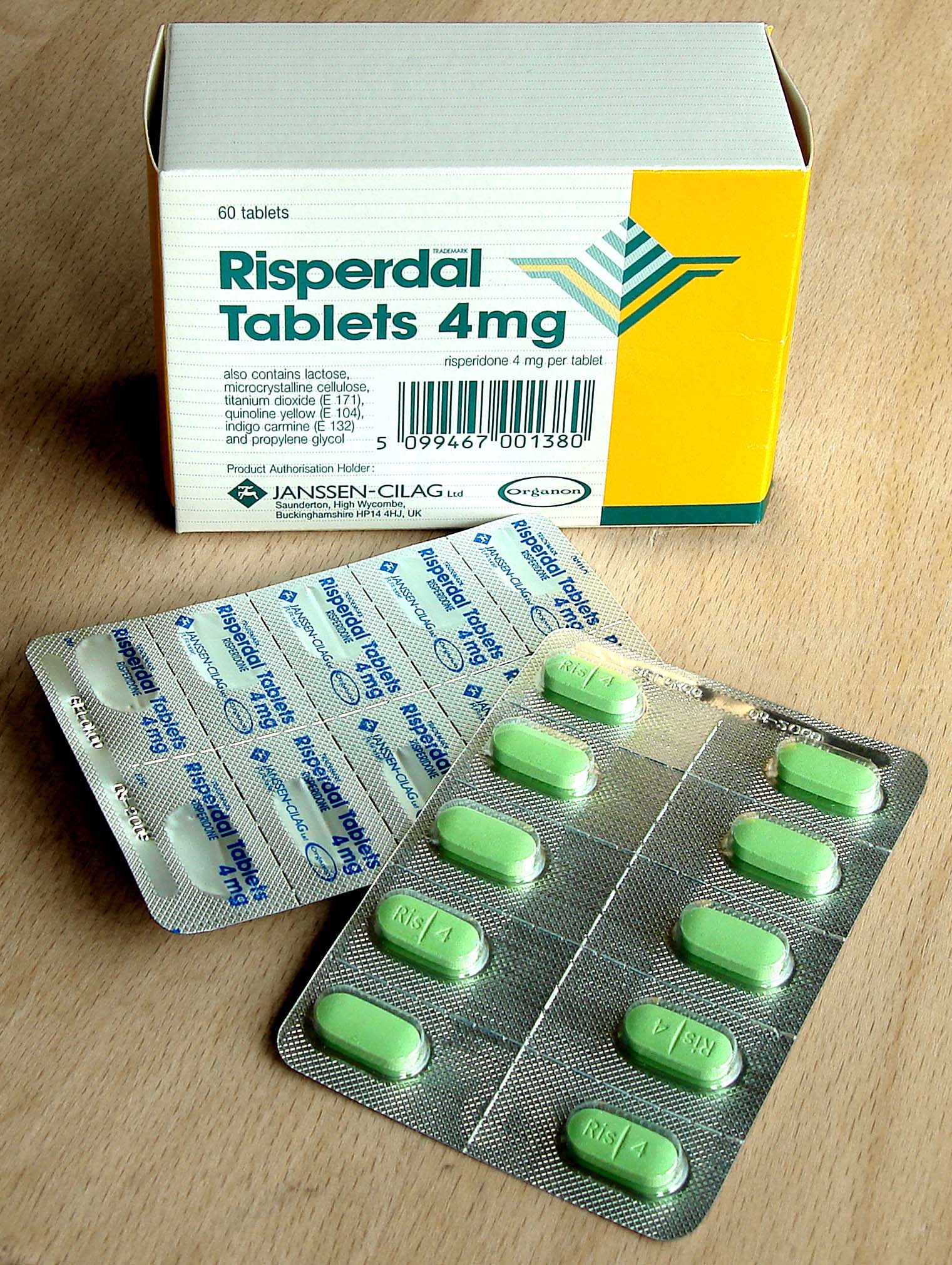Baking and Pastry
- Bake Bread Basics
- Pastries And Pies
- 4.1Basics of pastry making
- 4.2Types of pastry: Shortcrust, Puff & Filo
- 4.3Making Quiche and Tarts
- 4.4Making Sweet Pies (Apple pie)
- 4.5Making Savory pies (Chicken pot pie)
- 4.6Making Choux pastry & Cream puffs
- 4.7Making Éclairs and Profiteroles
- 4.8Specialty Pastry: Mille Feuille
- 4.9Flaky Pie Crusts: Tips and Techniques
- 4.10Creative Pie Decoration Techniques
- Cakes & Cupcakes
- Cookies & Small Bites
- 10.1Cookie Baking Basics
- 10.2Classic Almond Biscotti
- 10.3Making Chocolate Chip Cookies
- 10.4Nutty Walnut Cookies
- 10.5Making Sugar Cookies and Decorating with Royal Icing
- 10.6Making Macarons
- 10.7Making Petit Fours
- 10.8Specialty Cookies: French Madeleines
- 10.9Specialty Cookies: Italian Amaretti
- 10.10Packaging & Presentation of Cookies and Small Bites
Cookies & Small Bites
Packaging for Special Occasions: A Comprehensive Guide

Technology, industry, process or items of product enclosure, including labels and labeling.
When it comes to baking, the taste and texture of your creations are undoubtedly important. However, the way you present and package your baked goods can also make a significant impact, especially when it comes to special occasions. Whether you're preparing cookies for a holiday, a birthday, or a bake sale, the right packaging can make your treats even more special.
Packaging for Holidays and Special Events
Holidays and special events often have specific themes or colors associated with them. For example, Christmas is often associated with red and green, while Valentine's Day is associated with red and pink. When packaging your baked goods for these occasions, consider using packaging materials that match these themes or colors.
You can also consider using packaging materials that feature specific holiday or event designs. For example, you could use boxes with Christmas tree or snowflake designs for Christmas, or boxes with heart designs for Valentine's Day.
Creating Gift Baskets
Gift baskets are a great way to package your baked goods for special occasions. They not only look impressive, but they also allow you to include a variety of different treats in one package.
To create a gift basket, start by choosing a basket that's the right size for your baked goods. Then, line the basket with tissue paper or shredded paper. Arrange your baked goods in the basket, then wrap the entire basket in cellophane. Finally, tie the cellophane with a ribbon and add a gift tag.
Packaging for Bake Sales and Fundraisers
When packaging baked goods for bake sales or fundraisers, it's important to keep a few things in mind. First, your packaging should be sturdy enough to protect your baked goods. Second, it should be easy for people to carry. And third, it should be attractive enough to draw people's attention.
One popular option for bake sales and fundraisers is to use clear plastic bags or containers. These allow people to see what's inside, which can help attract their attention. You can also consider using boxes or tins, which can provide more protection for your baked goods.
Regardless of the type of packaging you choose, be sure to include a label with the name of your baked goods, the ingredients, and any allergen information. This is not only helpful for people who are buying your baked goods, but it's also a legal requirement in many places.
In conclusion, the right packaging can make your baked goods even more special, especially when it comes to special occasions. By considering the occasion, choosing the right packaging materials, and paying attention to details like labels, you can ensure that your baked goods are presented in the best possible way.